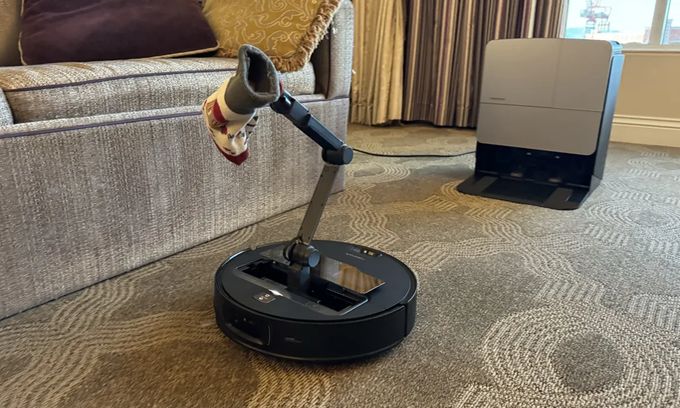The annual International Consumer Electronics Show (CES) in January has long been and rightfully is the most popular platform for companies to demonstrate their innovations. Even the epidemic several years ago did not prevent its holding, although some events were held online. Of course, 2025 was no exception. As usual, high-tech robot vacuum cleaners were in the spotlight.
Previously, companies mainly improved their navigation, dry and wet cleaning efficiency, and increased the automation level. In particular, over several years, the flagship dock stations have almost completely automated cleaning, providing:
– auto charging;
– emptying the on-board waste container;
– washing, hot drying and even sometimes disinfection of fiber mop;
– adding clean water to the on-board container and emptying dirty water into the sewer when connecting the dock station to the water supply and sewerage system.
In fact, the lucky owner of this miracle only needs to make a cleaning schedule and change the dock’s garbage bag about once every 2 months, enjoying the cleanliness and order in the apartment.
But this year has shown a slight correction of the trend. Having finished with improving the base, industry leaders have switched their attention to the cleaning process. Indeed, the excellent navigation of modern robots ensures overcoming obstacles, but ignores the mess on the floor.
At CES 2025, Chinese Roborock, Dreame and Japanese SwitchBot introduced the models with a robotic arm.
Robotic arm
5-axis OmniGrip robotic arm of Roborock Saros Z70 unfolds, extends, rotates horizontally and vertically. But most importantly, it can lift and carry into the special container any objects in its path weighing up to 300 grams (0.7 lbs).
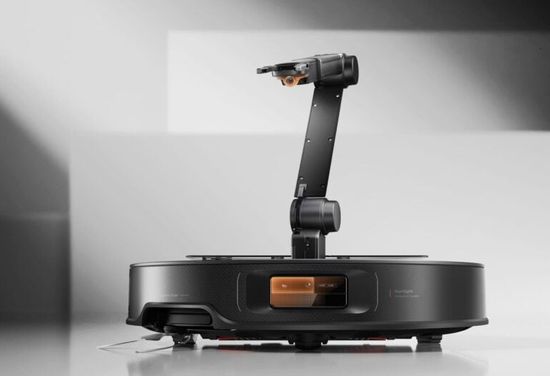
In fact, this function can be positioned as putting the room in order. RGB camera and LED lighting detect objects on the floor, and an additional sensor determines their weight. Its new navigation system uses a time-of-flight (TOF) sensor instead of Lidar and has unparalleled vacuum suction power up to 22,000 Pa. The new 4.0 docking station provides a faster 2.5-hour charge and 80°C (~176°F) water temperature for cleaning the mop. The compfny promises the start of sales until June 2025.
According to the Dreame company, the robotic arm of its model extends up to 30 cm and can lift loads weighing up to 400 grams.
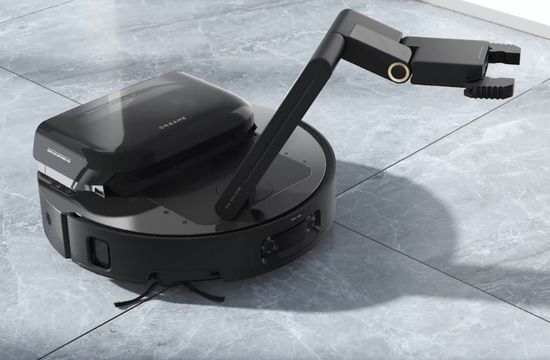
Unlike the Saros Z70, its arm has attachments, including a sponge for wet messes and a bristle brush. Theoretically, with their help, the robot will be able to clean even crevices. Today Dreame’s version is in late-stage development.
Moreover, Robovac and Dreame equipped their models with ‘legs’. For example, Dreame Ultra X50 has two little appendages. If necessary, they extend from under the body and lift the robot.
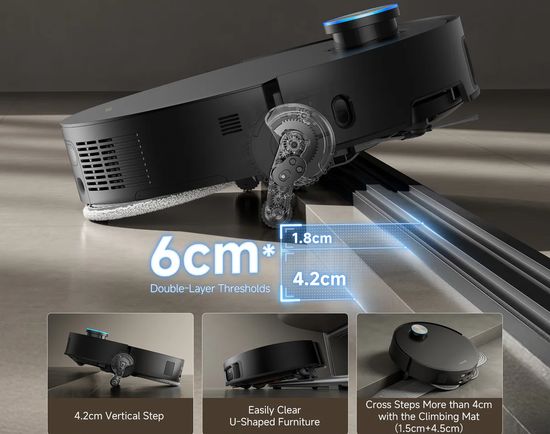
To be fair, Roborock, Shark, and a few other companies are already using the chassis lift technology. But in Dreame X50 Ultra it increases the permissible obstacle height up to 6 cm.
Japanese SwitchBot K20+ Pro is actually a multitasking robot. In addition to cleaning, it can deliver items, purify air, monitor security, etc.
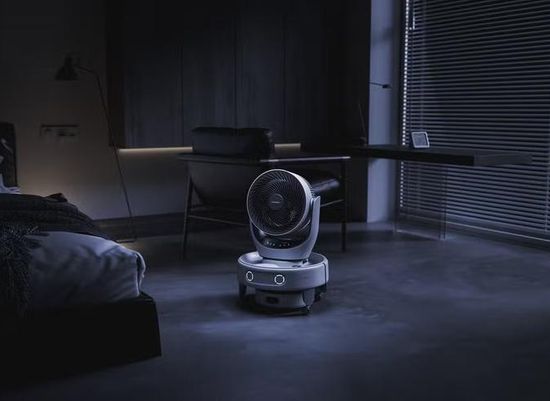
Accordingly, the model comes with several replaceable modules.
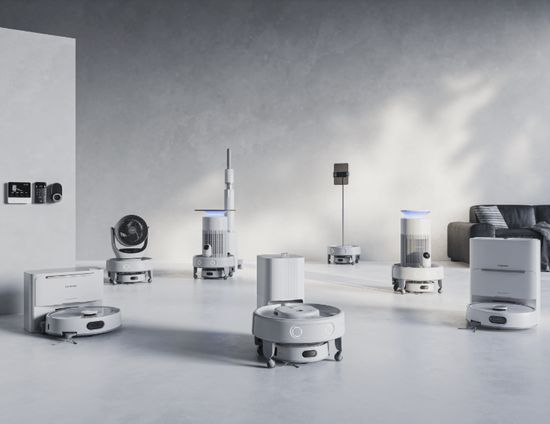
Roller mop and retractable lidar
Of course, robotic arm and ‘legs’ do not exhaust the list of innovations. For example, Ecovacs, Switchbot, and Narwal introduced models with retractable roller mops for washing along baseboards and into corners.
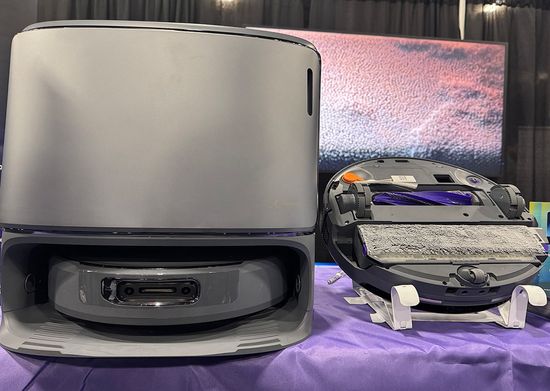
Roller mops were first used in last year’s Eufy Omni S1 Pro and the SwitchBot S10 models. The increased surface area and self-cleaning as they go were significant bonuses. The retractable design for washing corners expands the list of their pros. With a high probability, they will replace the popular spinning and oscillating mops.
The retractable lidar towers have also become an interesting new feature. Of course, the cleaning under low-profile furniture is one of the important options for a robot vacuum. But the lidar protruding above the robot limits it. On the other side, it’s most effective for navigation. The developers of the Dreame X50 Ultra, Roborock Saros 10, and Mova V50 Ultra with retractable lidar towers have beautifully solved this problem. For reference, Mova is a sub-brand of Dreame.
Last year, Roborock introduced a new StarSight navigation on its Qrevo Slim at IFA. At CES 2025, the company announced a more advanced StarSight version for its Saros Z70 and 10R.
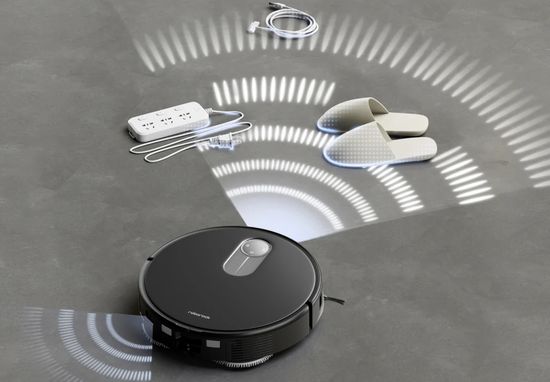
According to Roborock, StarSight Autonomous System 2.0 uses a dual-transmitter solid-state lidar with 3D TOF sensors to calculate distance, and AI-powered RGB cameras for navigation.
The video shows the ultra-innovative Saros Z70 with OmniGrip robotic arm.
